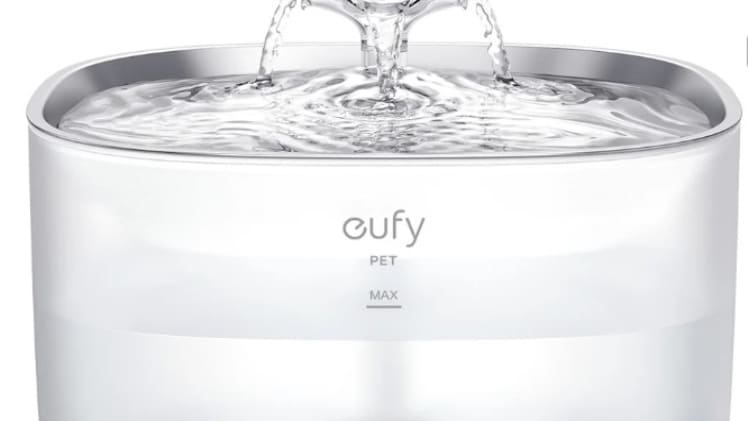Ensuring your pet has constant access to clean, fresh water is crucial for their health and well-being. A pet water drinking fountain is a fantastic solution that not only provides a continuous supply of water but also encourages your pet to drink more. However, to maintain the fountain’s efficiency and hygiene, replacing the filters regularly is essential. This article delves into the specifics of when and why you should replace the filters in your pet water fountains, providing a comprehensive guide to help you keep your pet hydrated and healthy.
Timing of Replacing the Filters in Your Pet Water Drinking Fountain
Manufacturer Guidelines
The first and foremost pointer for replacing your pet water fountain’s filters is adhering to the manufacturer’s guidelines. Most manufacturers provide a recommended timeline for filter replacement based on typical usage. Generally, it is advised to replace the filters every 2 to 4 weeks. However, this can vary depending on the specific model and the type of filter used. Always check your fountain’s user manual for specific recommendations to ensure optimal performance.
Signs That Indicate It’s Time to Replace the Filter
Even if you follow the general guidelines, several signs can indicate that the filter needs replacing sooner than suggested. If the water starts to look cloudy or has an unusual odor, these are clear indicators that the filter is no longer effective. Another sign is a decrease in water flow, which can happen when the filter becomes clogged with debris. Additionally, if you notice your pet drinking less water than usual, it might be because the water doesn’t taste or smell fresh due to a dirty filter.
Frequency of Use
The more often your pet uses the fountain, the quicker the filter will become saturated with debris and contaminants. If you have multiple pets using the same fountain, or if your pet drinks large quantities of water, you will likely need to replace the filters more frequently. In households with several pets, it might be necessary to replace the filters every 1 to 2 weeks to maintain water quality.
Type of Water Used
The type of water you use in the fountain can also affect how often you need to replace the filters. Tap water, especially hard water with high mineral content, can lead to faster clogging of the filters. Conversely, using filtered or distilled water might extend the life of your filters. If you notice a buildup of mineral deposits around the fountain or on the filter itself, it’s a sign that the filter needs to be replaced.
Environmental Factors
Environmental factors such as dust, hair, and other airborne contaminants can also influence how quickly the filters need to be replaced. If your home has a lot of pet hair or dust, this debris can accumulate in the fountain more rapidly, necessitating more frequent filter changes. To minimize this, place the fountain in a clean, low-traffic area where it is less likely to collect additional contaminants.
Conclusion
In conclusion, replacing the filters in your pet water drinking fountain is a critical maintenance task that directly affects your pet’s health and well-being. By adhering to manufacturer guidelines, monitoring the water quality, considering the frequency of use, and being mindful of environmental factors, you can ensure that your pet has access to fresh and clean water at all times. Regular filter replacement is a small step that makes a significant difference in maintaining a healthy and happy pet.


